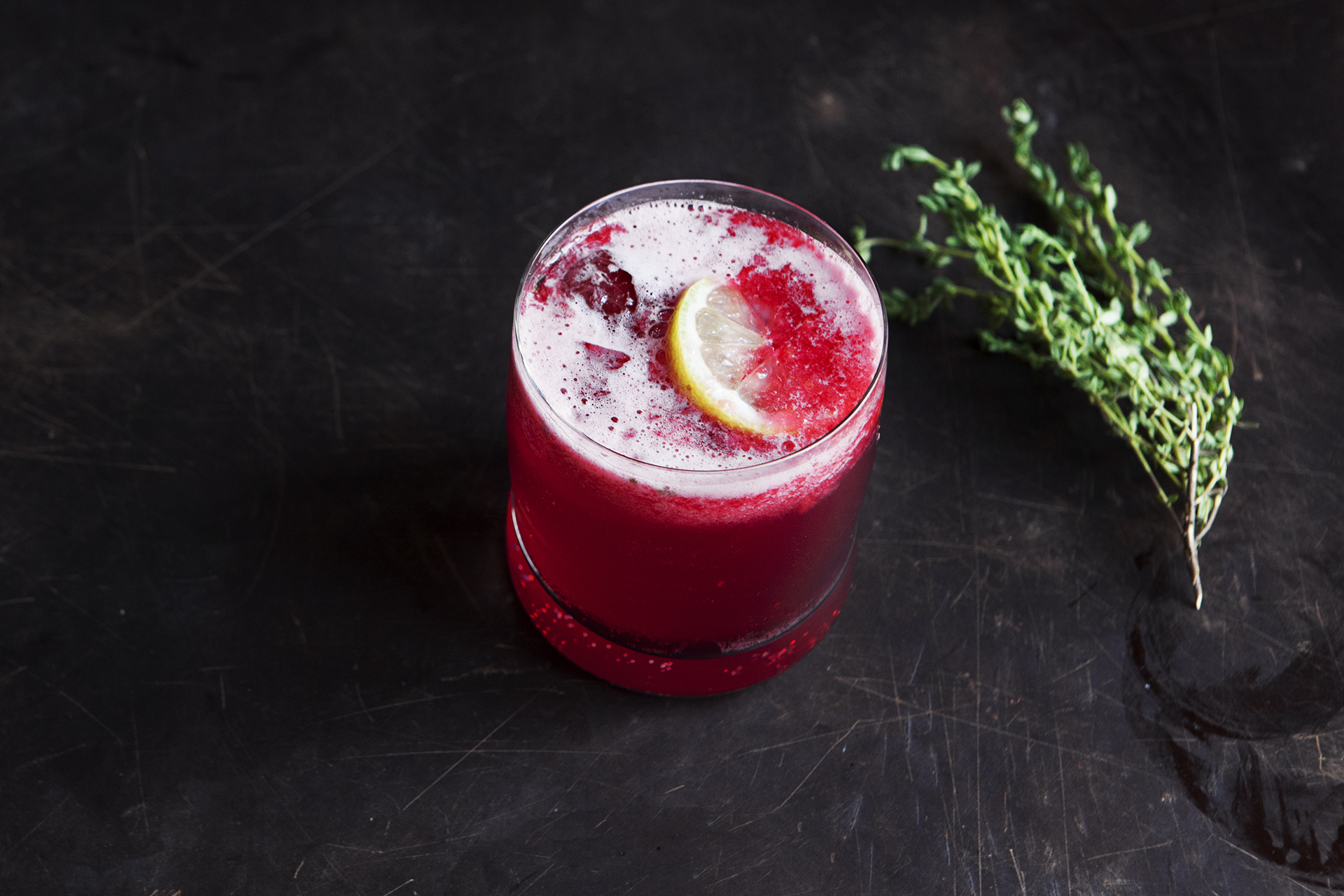A couple a weeks ago I was invited to an interesting event and lecture on organic dairy products hosted by I Love Organic and the Danish Organic Association.
While snacking on delicious organic food and tasting varieties of organic milk a lot of questions were raised and almost all of them got answered by our hosts. I learned some new things and was reminded on a whole lot of others.
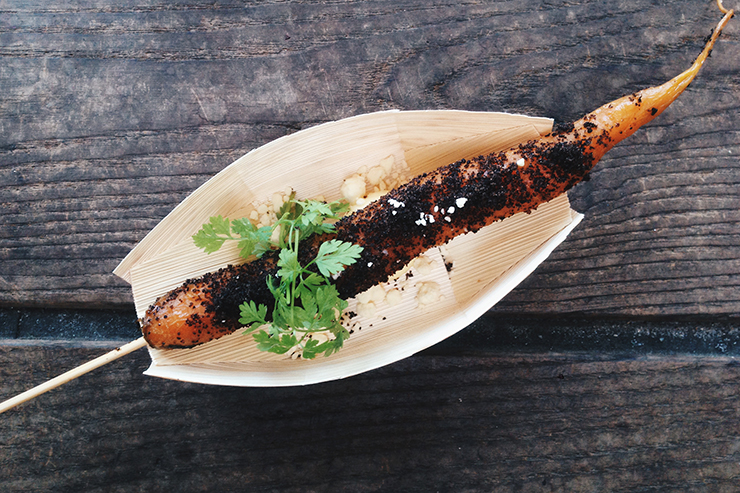
Ever tasted a real tree-ripened pear, or a garden-fresh ripe red tomato? If so, I think we can agree on that food tastes better when it’s grown in its own time and in harmony with nature.
Organic produce grow at their own natural pace, without artificial growth hormones and the farmers rely on natural measures to promote and maintain animal health.This means quality animal care keeps animals healthy and provides us with better tasting produce. Clean water, quality feed, fresh air and nutrient-rich soil all contribute to the superior taste of organically grown food.
Therefor by choosing organic food and lifestyle you reduce the risk of exposure to toxic pesticides in your diet and you are helping to ensure that the next generation will live in a vibrant and diverse nature with clean groundwater. You reduce your carbon footprints, show respect for nature and give your life and surroundings it more substance.
Did you know that there are on average 30% more wild plant and animal species in organic fields?
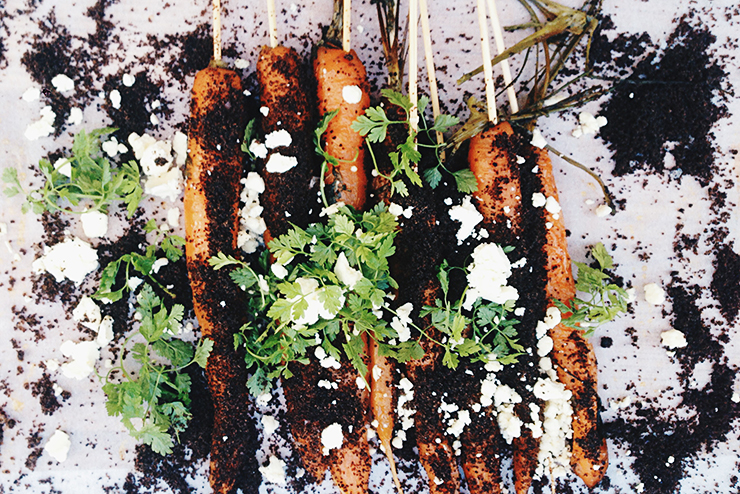
For organic farmers, it is important that the animals are well treated and live as naturally as possible, for the organic dairy cow that means:
The cow must be grass fed during summer
The cow gets at least 60% roughage feed and grains
The cow has to be fed feed where no fertilisers, chemical pesticides or GMOs have been added
The cow will have space with hey and straws in the stall
You can taste the difference in the milk when it comes from cows that have fresh grass under their hooves, and the milk also contains more vitamin D, because organic cows are out in the open and exposed to the sun. You can also see a difference it in other organic dairy products such as butter, which has both a softer texture and a more yellow color, because of the beneficial omega 3 acid the cows get from being grass fed.
Every third liter of milk sold in Denmark, is organic. A study, conducted for the Organic Association in spring 2014 shows that Danes(93.4%) prefer the idea of cows being grass fed during the summer months. Unfortunately only 16% of non-organic cows are grass fed where as all organic cows are outside on grass fields from mid-April until November 1st.
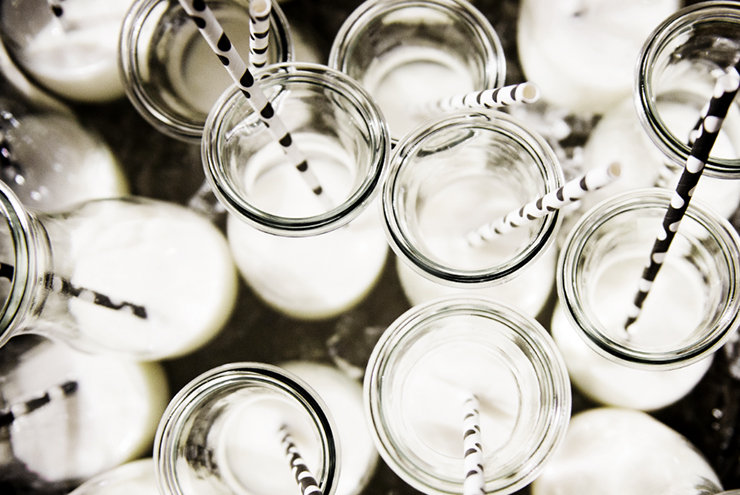
I try to buy as much organic as I can, and I always buy organic dairy products. For example, when I make my Skyr Cakes, both the Liquorice and Original one, I make sure my Skyr is Organic. Always!
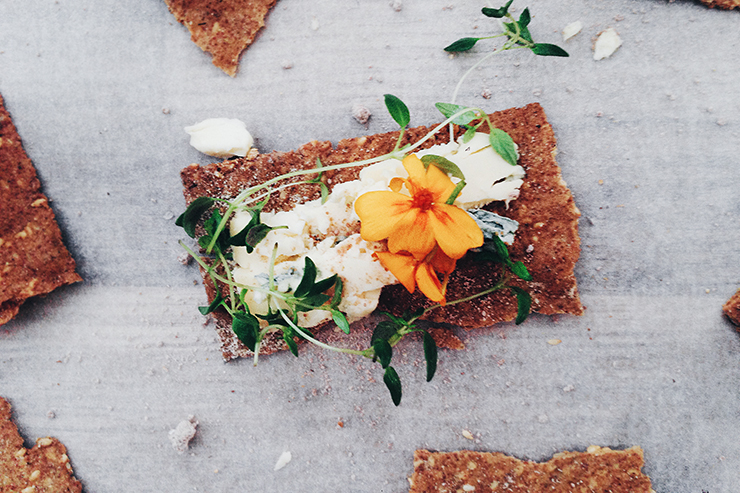
According to the latest figures 1780 km2 Danish farmland is grown organically which is approximately seven percent of the agricultural land. The Danish government intends to double it’s size by 2020.
Organic products now account for nearly 8% of purchase food in Denmark. Globally, only Switzerland has better trade numbers on Organic products.

